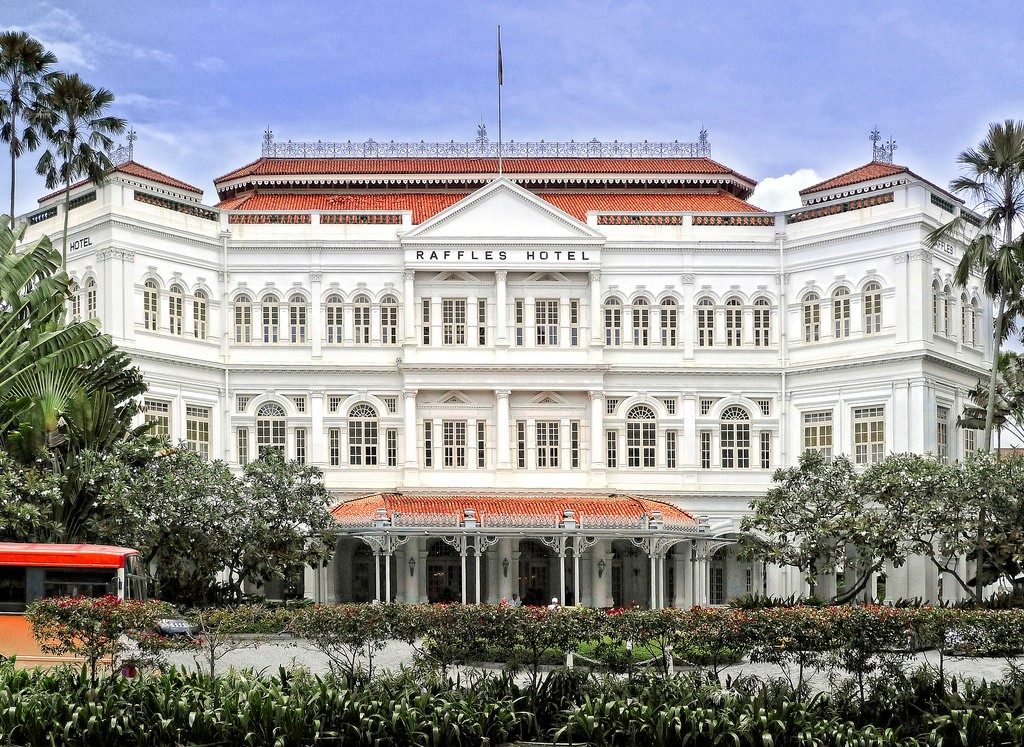Our own intern, Tim Min Hui, a Political Science undergraduate at NUS, delves into a short history of the Yemeni diaspora in Singapore, focusing on the economic achievements of this community.
The contributions of Yemen’s diasporic community in Southeast Asia
- - May 11, 2018

The contributions of Yemen’s diasporic community in Southeast Asia
The mention of Yemen conjures up images of the long drawn out civil war between the government, the Houthi rebels, and a complex mix of international players. What is less known about Yemen is its diaspora community in Southeast Asia. Specifically, from the Hadramawt region in Southern Yemen.
Many Hadhramis left their homelands for various areas surrounding the Indian Ocean in the 17th century[1]. Most of them settled in Southeast Asia. In fact, many Arab families in the region today are descendants of the early wave of Hadhrami traders and academics that migrated to this region to seek a better life. These families established close connections with the ruling families and prominent political families of the region[2] when they first arrived. The traders also made use of their connections in Southeast Asia and Hadramaut to further their commercial interests. Some of the industries they dabbled in include retail, spices, textiles, shipping and real estate, and many of these enterprises achieved commercial success. By 1885, about 25% of real estate in Singapore was owned by Hadhrami individuals or families, including iconic buildings like the Raffles Hotel[3]. By the 1940s, they were the richest families in Singapore, even though there were only 2500 of them[4].

How did they spend their wealth?
Most of them remitted their fortunes back to their homeland in Yemen and by the 19th century[5], the Hadramaut economy was heavily dependent on remittances. This reflects how massive the diaspora community was, and how successful they were. Some of these successful families also used their wealth to further political projects in Hadhramaut. For example, an association headed by the Al-Kaf family had essentially taken over the running of Tarim[6], a town in the Hadhramaut Valley.
Many of these wealthy migrant families also pumped their wealth into charitable projects in this region. They funded many schools, hospitals and mosques, thereby contributing to the development of their adopted nations. For example, Singapore’s first mosque was funded by the Aljunied family[7]. Their wealth and prominence gradually disappeared in the 20th century, but we can still see many of its legacies today. Their contributions are commemorated by street names and buildings right here in Singapore. Aljunied road, Aljunied housing estate, Syed Alwi Road, Alkaff Avenue .etc[8]. The Alkaff Mansion and the land at Istana Kampong Glam also bear the legacies of these families.
This blog post only intended to provide a brief glimpse into Yemen’s history and its diaspora community in Southeast Asia. If you have an interest in these topics, here are some resources for you to find out more:


References
[1] Abdul Rahman Tang Abdullah, “Arab Hadhramis in Malaya,” in The Hadhrami Diaspora in Southeast Asia: Identity Maintenance or Assimilation, eds. Ahmed Ibrahim Abushouk & Hassan Ahmed Ibrahim (Leiden: Brill, 2009), 47-56
[2] Ibid.
[3] Ibid.
[4] A.I. Abushouk and H.A. Ibrahim, Hadhrami Diaspora, pg 59
[5] A.I. Abushouk and H.A. Ibrahim, Hadhrami Diaspora, pg 87
[6] A.I. Abushouk and H.A. Ibrahim, Hadhrami Diaspora, pg 91
[7] “Arab Community”, Singapore Infopedia, National Library Board, accessed 4th 2018, http://eresources.nlb.gov.sg/infopedia/articles/SIP_2013-08-19_183028.html
[8] “Arab Community”, Singapore Infopedia, National Library Board, accessed 4th 2018, http://eresources.nlb.gov.sg/infopedia/articles/SIP_2013-08-19_183028.html
More in This Series
More in This Series
- Jean-Loup Samaan
- - July 11, 2024
- Aisha Al-Sarihi, Ehsan Rasoulinezhad, Jinseok Sung
- - June 20, 2024








